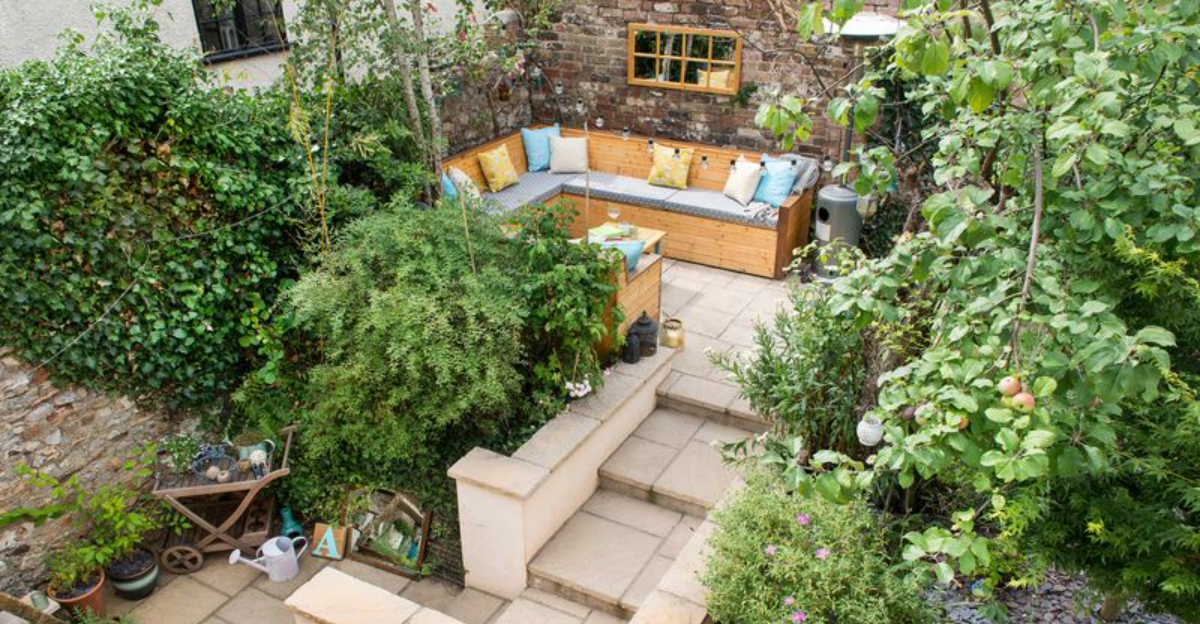Gardening can be both a relaxing and rewarding hobby, but certain design mistakes can inadvertently turn your green sanctuary into a less inviting space.
Understanding these common pitfalls can not only enhance the beauty of your garden but also make maintenance more manageable.
1. Overcrowding Plants
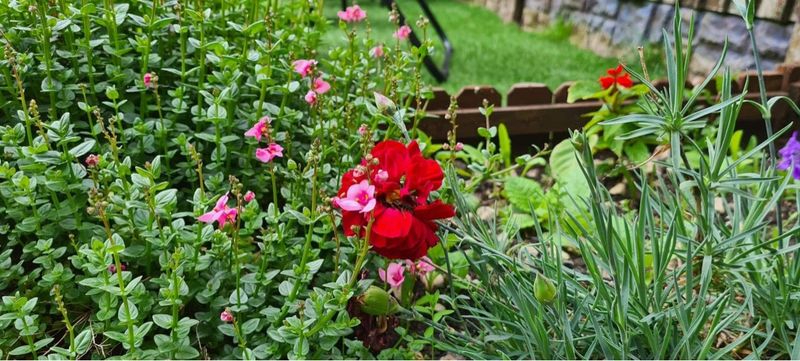
Overcrowding plants is a common mistake that can lead to unhealthy growth. When plants are packed too closely together, they compete for nutrients, sunlight, and water, leading to stunted growth.
Additionally, crowded plants are more susceptible to diseases as air circulation is restricted, creating a humid environment for pathogens.
To avoid this, always check the mature size of plants before planting and provide adequate spacing.
This not only allows for healthy growth but also makes your garden look more organized and aesthetically pleasing.
2. Ignoring Sunlight Requirements
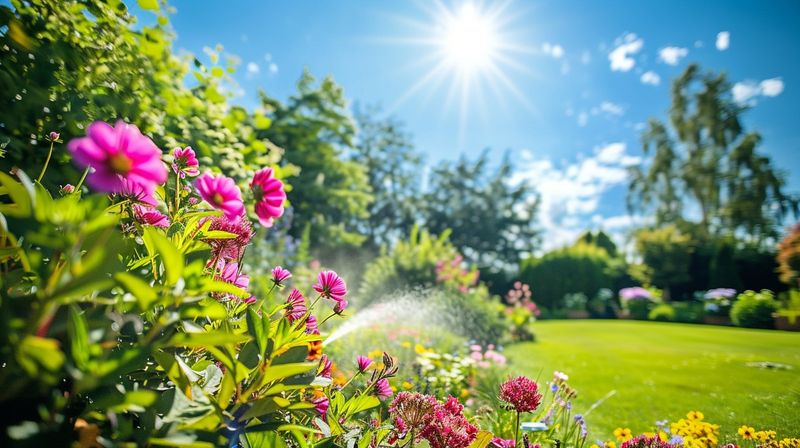
Ignoring sunlight requirements is a frequent issue that can affect plant health. Plants have varying needs for sunlight, and placing them in improper locations can lead to wilting, discoloration, and even death.
Shade-loving plants placed in direct sunlight may suffer from sunburn, while sun-loving plants in shade may fail to bloom.
To prevent this, assess the sunlight in different areas of your garden throughout the day and plant accordingly. This ensures that each plant receives the right amount of sunlight, promoting vibrant growth.
3. Poor Soil Management
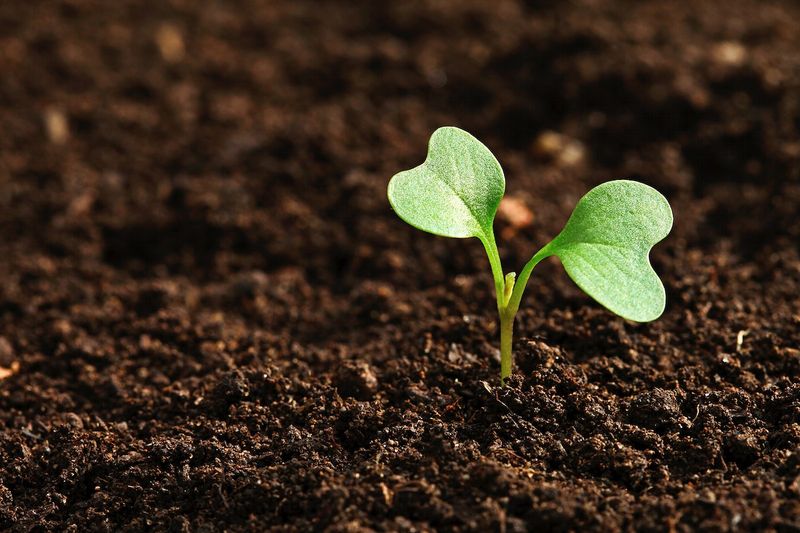
Poor soil management can severely hinder your garden’s success. Soil that is compacted or lacks essential nutrients will not support healthy plant growth.
Neglected soil can lead to poor drainage, root rot, and nutrient deficiencies.
Regularly amending the soil with compost and organic matter can enhance its structure and fertility.
Testing the soil’s pH and nutrient levels allows for targeted improvements, ensuring optimal conditions for your plants. Consider raised beds or container gardening if the soil quality is particularly poor in your area.
4. Lack of Seasonal Planning
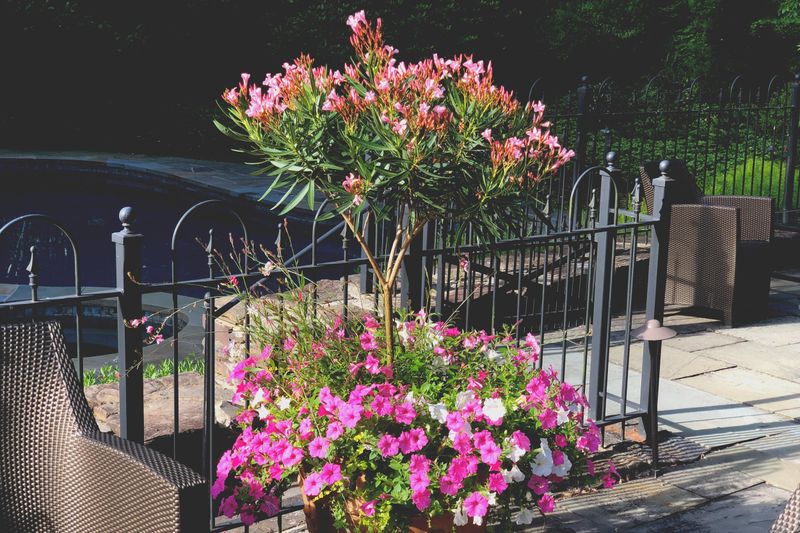
Lack of seasonal planning often results in gardens that look bare or out of sync with the changing seasons.
Without considering plant bloom times and seasonal needs, your garden may lack color and interest during certain periods.
By planning for a mix of perennials and annuals that flower at different times, you can ensure year-round appeal. Researching native plants that thrive in your local climate will enhance the resilience and beauty of your garden across all seasons.
This strategic planning can create a continuously lively and attractive outdoor space.
5. Ignoring Pathways and Access
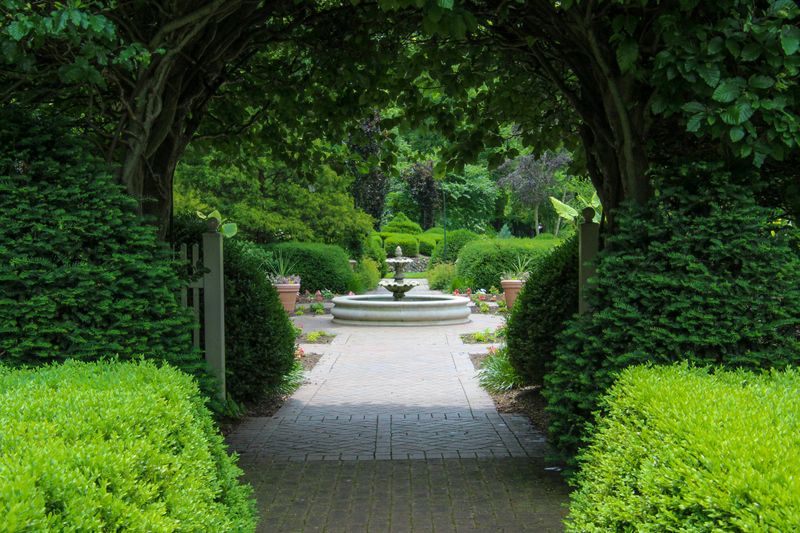
Ignoring pathways and access can lead to a disorganized and difficult-to-navigate garden. Without well-defined paths, foot traffic may damage plants and compact the soil, leading to additional problems.
Consider the natural flow of movement through your garden and create pathways using materials like stone, gravel, or mulch to guide visitors.
These pathways not only protect your plants but also add structure and design to the landscape, creating a more enjoyable and functional garden environment.
6. Choosing the Wrong Plants
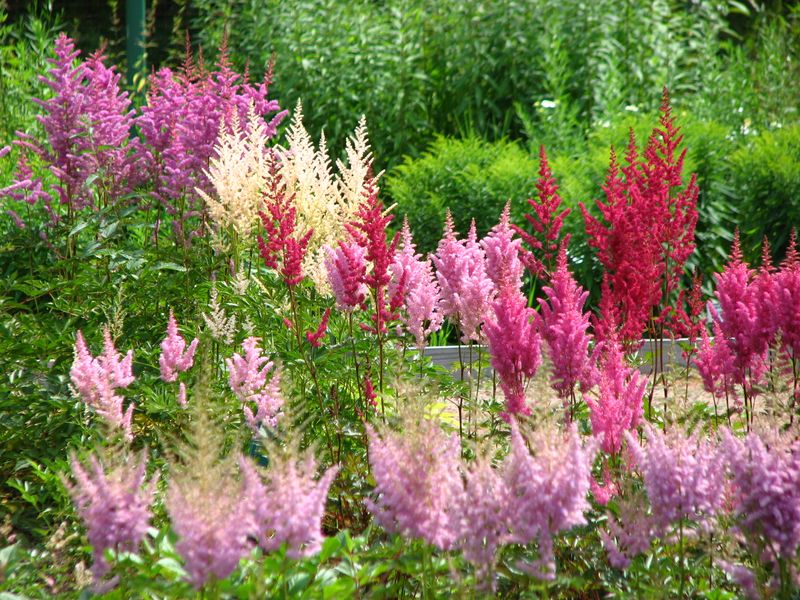
Choosing the wrong plants for your local climate and soil conditions can lead to disappointment and wasted effort. Plants unsuited to the environment may struggle to survive, requiring excessive care and resources.
Research native plants and those well-adapted to your area’s conditions. These plants typically require less maintenance and are more resilient to local pests and diseases.
By selecting the right plants, you create a more sustainable and thriving garden that complements the natural surroundings, reducing the need for constant intervention.
7. Neglecting Vertical Space

Neglecting vertical space limits the potential of your garden, particularly in small areas. Vertical gardening can add depth and interest to the landscape, providing more room for plants without expanding the footprint.
Incorporate trellises, arbors, and vertical planters to encourage climbing plants like vines and roses. This not only maximizes space but also creates a lush, layered look.
Vertical elements can also help screen unsightly views, providing privacy and enhancing the overall aesthetic of the garden.
8. Inconsistent Garden Theme
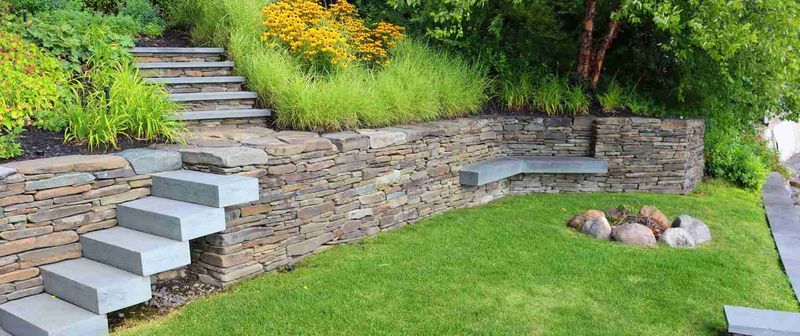
An inconsistent garden theme can make the space feel chaotic and uninviting. Mixing too many styles, colors, or plant types often results in a lack of cohesion.
A unified theme ties the garden together, creating harmony and balance.
Choose a style that complements your home and stick to a consistent color palette and plant selection.
Whether it’s a formal garden, cottage-style, or modern minimalist, maintaining a clear theme ensures a visually pleasing and organized garden that reflects your personal taste.
9. Poor Watering Practices
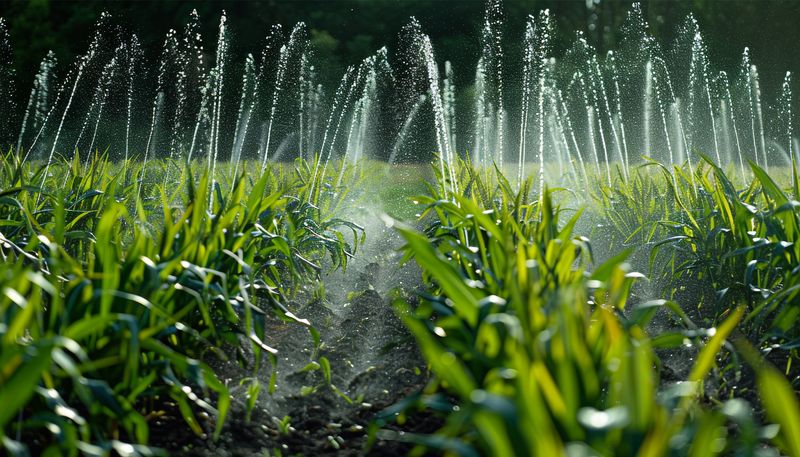
Poor watering practices can devastate your garden, leading to wilting or diseases. Overwatering can cause root rot, while underwatering leads to stress and poor growth.
Understanding your plants’ specific watering needs and monitoring weather conditions is crucial.
Implementing a drip irrigation system or using mulch can help maintain consistent moisture levels.
Regularly check soil moisture and adjust your watering schedule accordingly, ensuring healthy and thriving plants adaptable to changing conditions.
10. Neglecting Edges and Borders
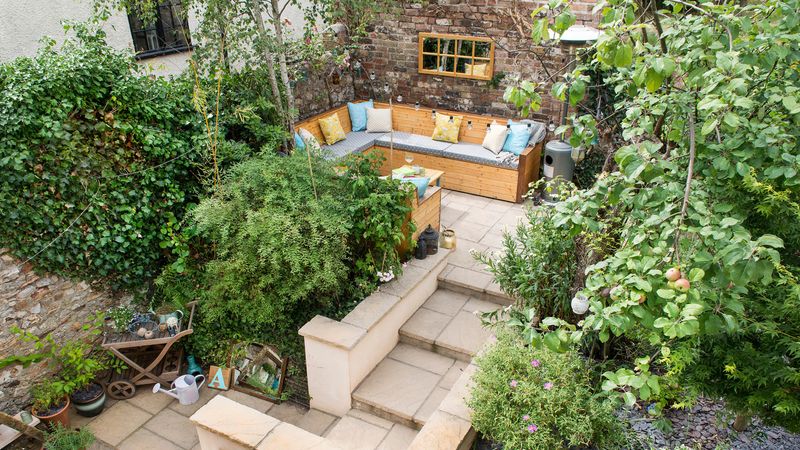
Neglecting edges and borders can make a garden look unkempt and undefined.
Well-maintained edges add a polished look and help separate different areas, creating visual interest and structure. Use materials like bricks, stones, or metal edging to define borders and pathways.
This not only enhances the aesthetic appeal but also prevents grass and weeds from encroaching into flower beds.
Regular maintenance of these edges adds to the overall tidiness and beauty of the garden, making it a more enjoyable space to spend time in.

